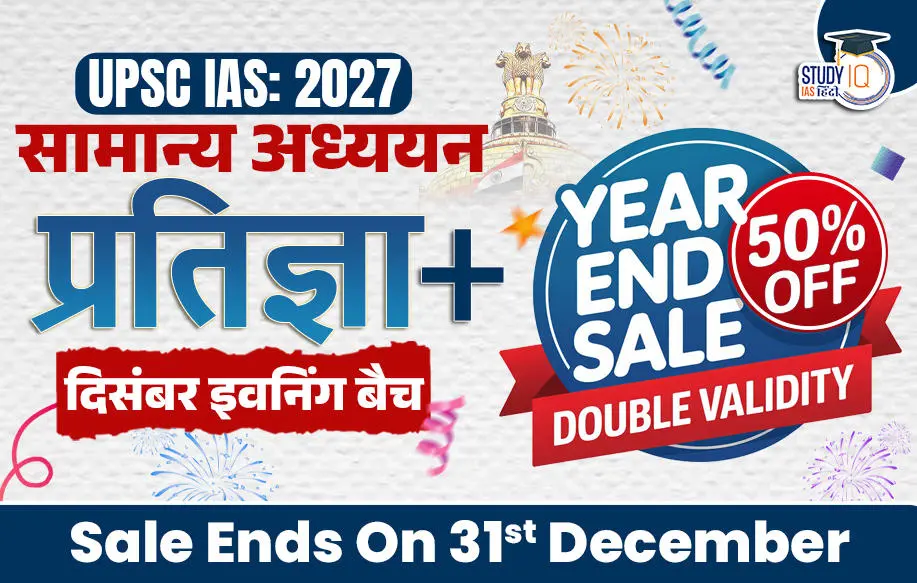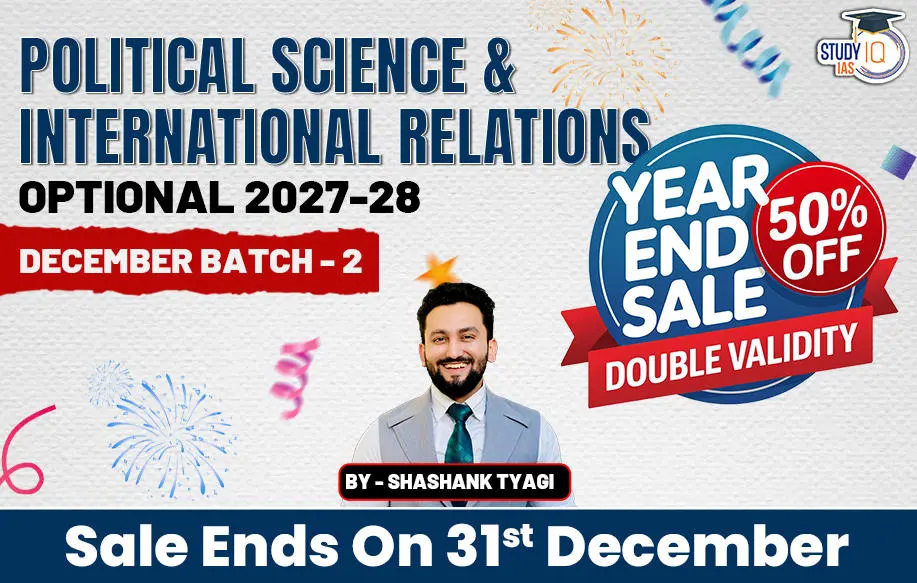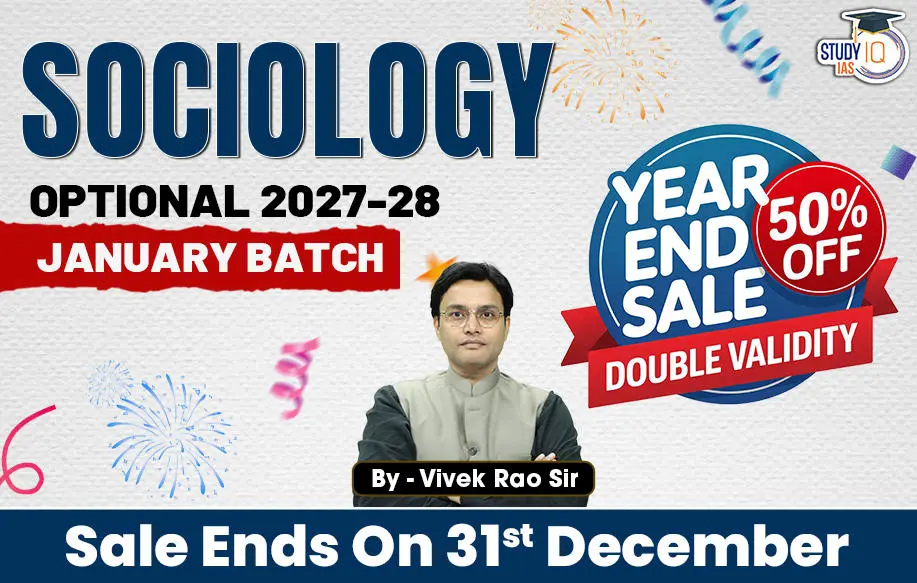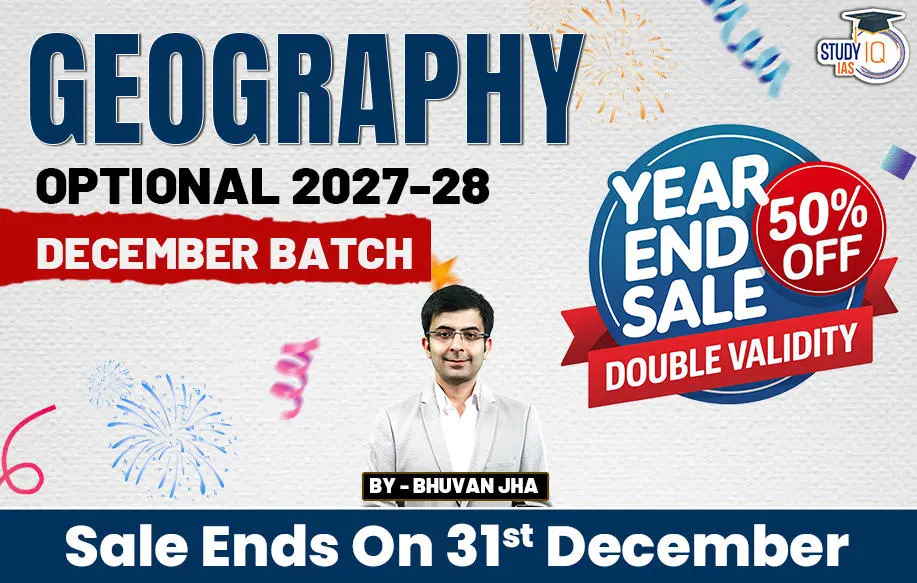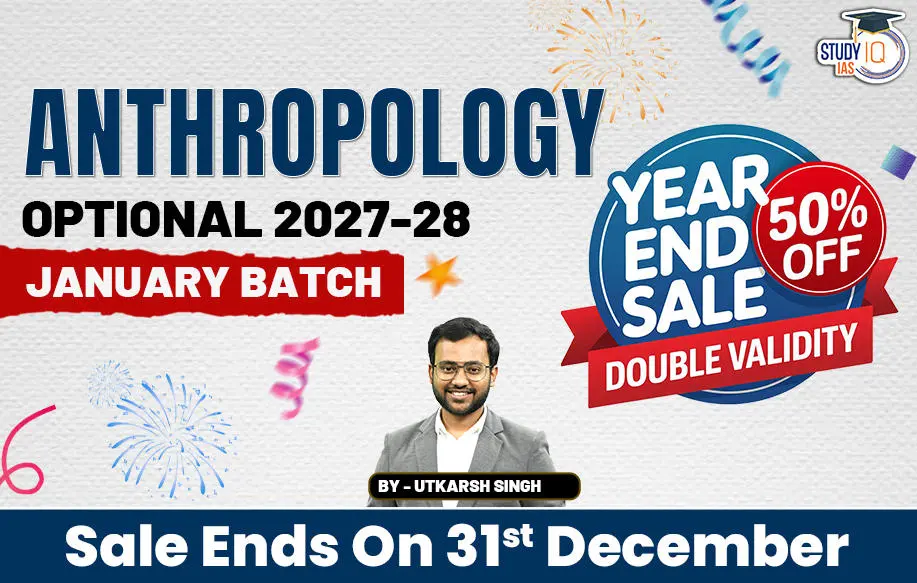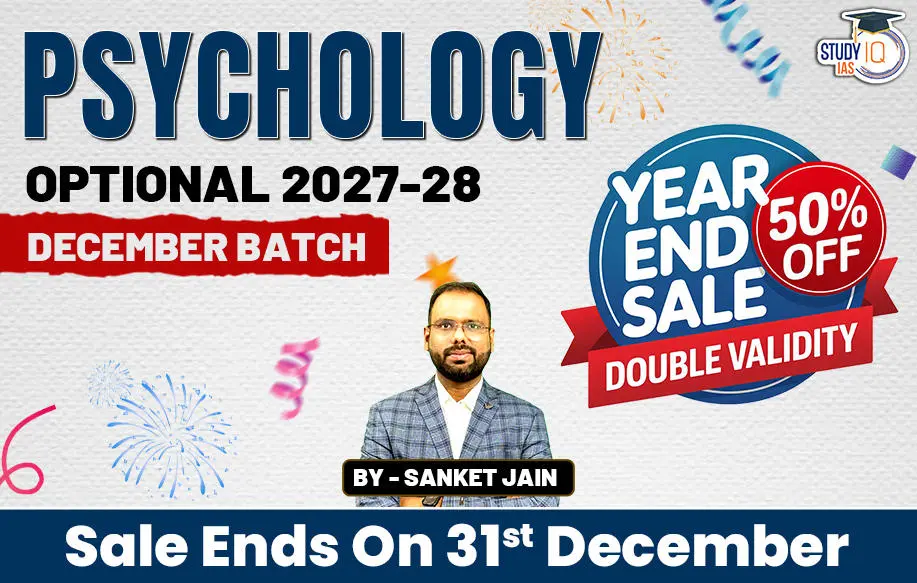Table of Contents
Create in India Challenge
Context: In the recent Man ki Baat episode, PM Modi has urged people to participate in the Create in India challenge. It was launched recently by the Information and Broadcasting Ministry to promote talent and creativity.
About Create in India Challenge
- It features 25 competitions across various creative disciplines like animation, filmmaking, gaming, music and visual arts organised by industry associations.
- It was launched as part of the upcoming World Audio Visual & Entertainment Summit (WAVES) 2024.
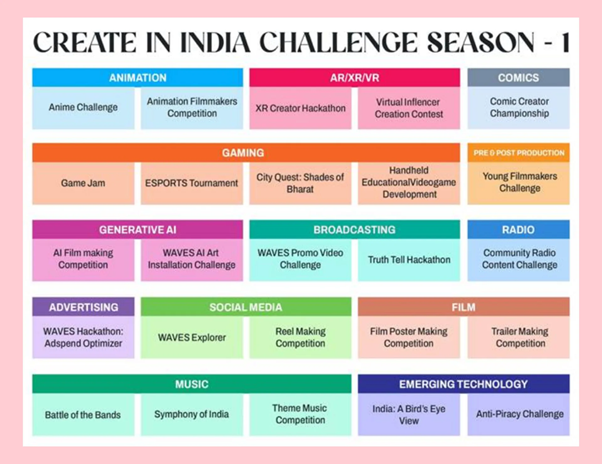
WAVES Summit
- It is a global summit for the media and entertainment industry, specifically focusing on the Indian media and entertainment Industry.
- It will be hosted along with the 55th International Film Festival of India (IFFI) from 20-24 November 2024 in Goa.
- It will bring together industry leaders, innovators and stakeholders to explore opportunities and address challenges.
- Summit will also facilitate bilateral meetings at the policy level
India’s Arctic Expedition
Context: The collapse of permafrost in the upper Himalayas, caused by climate change, threatens the environment and infrastructure. Glaciologist S.N. Remya, part of India’s Arctic Expedition, is researching this to fill data gaps and create early warning systems for local communities.
| What is Permafrost ? |
|
About India’s Arctic Expedition

Himadri Research Station:
- Location: Situated in Ny-Ålesund, Svalbard, Norway. (approximately 1,200 kilometres from the North Pole)
- Inauguration: July 1, 2008
- Facilities: The station can accommodate up to 8 scientists and includes laboratories and living quarters
- Research areas: The station supports research in various fields, including glaciology, atmospheric sciences, and marine biology.
- First Winter Expedition:
- Launched on: December 18, 2023,
- Significance: It allows researchers to conduct studies during polar nights, characterised by nearly 24 hours of darkness and extreme cold (temperatures as low as -15°C).
- Research Objectives:
- Investigate climate change impacts
- Study sea ice dynamics and ocean circulation
- Explore ecosystem adaptations in extreme conditions
| Facts |
|
IndArc (Indian Arctic Research Centre)
- It is India’s first underwater observatory in the Arctic
- Location: Kongsfjorden fjord in Svalbard, Norway
- Inauguration: July 23, 2014..
- Purpose: To study the Arctic climate and its impact on the Indian monsoon system.
| India’s Arctic Policy |
|
Arctic Council
- It is an intergovernmental forum promoting cooperation, coordination and interaction among the Arctic States, Arctic Indigenous Peoples and other Arctic inhabitants.
- Established: In 1996 by Ottawa Declaration
- Members:
- Permanent Members (8): Canada, Denmark, Finland, Iceland, Norway, Russia, Sweden, and the US.
- Permanent Participants (6): Organisations representing the indigenous people of the Arctic region have been granted the status of permanent participants.
- Observer States (13): India, Germany, Netherlands, Poland, United Kingdom, France, Spain, China, Italy, Japan, South Korea, Singapore, Switzerland.
- India became a permanent observer at the Arctic Council in
- Governing Structure: The Council’s chairmanship rotates among the 8 member states, with each state holding the position for a 2 year term.
- Decision Making:
- All Arctic Council decisions Require consensus of the 8 Arctic States.
- Decisions are taken after consulting the permanent participants.
- Observer states have no voting rights in the council.
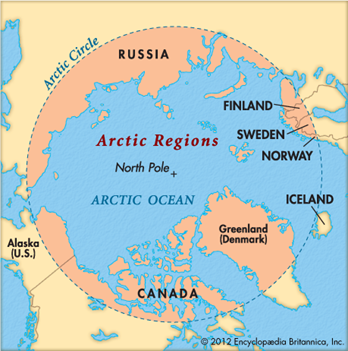
Cadaver Donation
Context: CPI(M) leader Sitaram Yechury, who died recently donated his body to AIIMS for medical research. Although body donation is rare in India, it is essential for the progress of science and medicine.
Uses of Cadavers
- They are used for medical training, enabling doctors to practise surgery and understand human anatomy more accurately than with dummies.
- They are also essential for developing new medical devices and studying disease impacts
| Current Situation in India |
|
Process of Donation
- No Centralised Tracking: Unlike organ donation, there is no national organisation overseeing whole-body donations. Generally the anatomy departments of medical colleges handle the process.
- Steps to Donate:
- Interested individuals must visit the relevant department at their chosen medical college to sign necessary forms.
- After death, the next of kin must contact the department to facilitate the donation.
- Eligibility for Donation
- Who Can Donate: Anyone over the age of 18 can legally consent to become a cadaver donor. If an individual is not registered as a donor at the time of death, their guardian or next of kin can still authorise the donation.
- Health Considerations: Individuals who have died from chronic illnesses may be eligible donors, but those with infectious diseases (e.g., tuberculosis, HIV) are usually not accepted.
| National Organ and Tissue Transplant Organization (NOTTO) |
|
Dark Matter
Context: The LUX-ZEPLIN experiment has made significant advancements in understanding dark matter by placing stringent limits on its possible identities. Despite ongoing challenges and null results, the scientific community remains dedicated to uncovering the nature of this elusive substance.
What is Dark Matter ?
- It refers to a form of matter that does not emit, absorb or interact with electromagnetic radiation (light) like ordinary matter does.
- It cannot be observed directly through telescopes.
- It makes up about 27% of the universe’s mass.
Neutrino Fog
- It refers to the interference caused by neutrinos in dark matter detection experiments.
- Nature of Neutrinos:
- Neutrinos are subatomic particles with nearly zero mass and no electric charge.
- Often called “ghost particles” because they rarely interact with matter.
- Sources of Neutrinos:
- Produced naturally in the Sun’s core.
- Generated during supernova explosions.
- Created in Earth’s atmosphere.
- Impact on Dark Matter Experiments:
- As dark matter detectors grow larger and more sensitive, they are more likely to pick up neutrino signals.
- This leads to a “fog” of signals that can obscure or mimic potential dark matter interactions, complicating the detection process.
| LUX-ZEPLIN (LZ) Experiment |
|
| UPSC PYQ |
Q. In the context of modern scientific research, consider the following statements about ‘lce Cube’, a particle detector located at South Pole, which was recently in the news: (2015)
Which of the statements given above is/are correct? (a) 1 only (b) 2 and 3 only (c) 1 and 3 only (d) 1, 2 and 3 Answer: D |


 SEBI’s SWAGAT-FI Framework for Low-Ris...
SEBI’s SWAGAT-FI Framework for Low-Ris...
 How the US and China Are Sabotaging the ...
How the US and China Are Sabotaging the ...
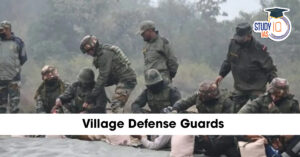 Village Defence Guards (VDGs): Role, Str...
Village Defence Guards (VDGs): Role, Str...


